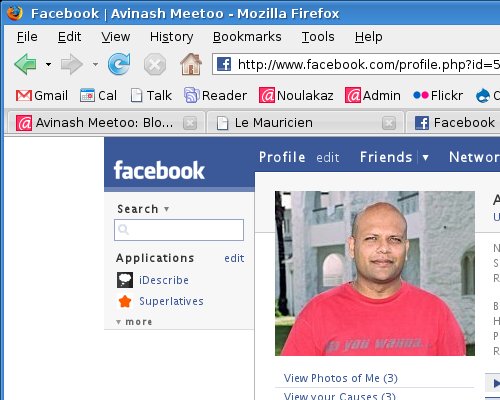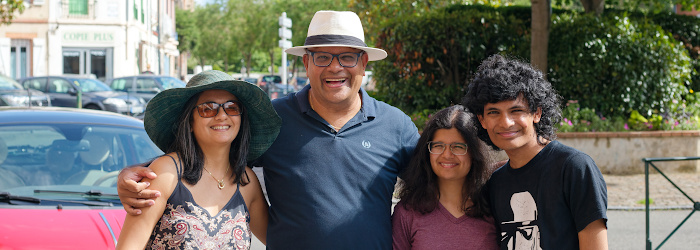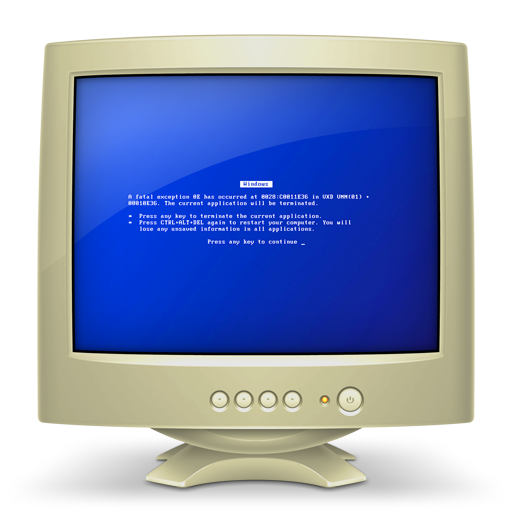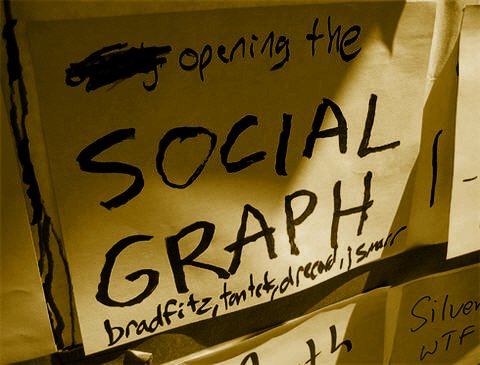
Eddy has just told me of an article to appear in Today’s edition of Le Mauricien on the Mauritian’s Governement wish to block Facebook (i.e. censoring the social networking website).
This must be a silly joke.
I guess Joel de Rosnay will be very very unhappy if this news is confirmed tonight. And Microsoft too with the money they have just injected in Facebook. And, of course, everyone who is a partisan of free speech (and this includes me).
Whoever is behind this is a retard (if true of course).
An update
The article is now online and states:
“Les Mauriciens étaient incapables ce matin de se connecter au site Internet de réseau social Facebook. Dans un communiqué émis hier, le gouvernement, à travers l’Information and Communication Technology Authority (ICTA), a demandé aux fournisseurs d’accès Internet de bloquer temporairement l’accès au public à ce site prisé par beaucoup d’internautes mauriciens.
L’ICTA affirme que le site ” is currently hosting contents of defamatory nature “, d’où la décision d’en faire bloquer l’accès. Selon Trilok Dwarka, Chairman de l’ICTA, une personne aurait usurpé l’identité du Premier ministre, Navin Ramgoolam, en créant un profil à son nom, comportant également sa photo. De nombreux commentaires diffamatoires auraient été publiés sur cette page. ” Selon la loi, l’ICTA est autorisée à prendre les mesures nécessaires en cas de diffamation “, précise le chairman. L’ICTA a pris contact avec les responsables de Facebook pour leur demander d’effacer cette page, et l’accès au site a été rétabli en début d’après-midi.”
So, it was just a storm in a tea-cup. But wait! Who has ever told ICTA that they have the right to censor 1,000,000 Mauritians from accessing Facebook (or any other Internet site for that matter)??? They could (should?) have asked the Facebook admin to get rid of the profile without disrupting normal access to the website.
This is un mauvais précédent and I don’t like the smell of it at all. You should think twice the next time, ICTA. We are not going to tolerate censorship in our Republic of Mauritius once more.


